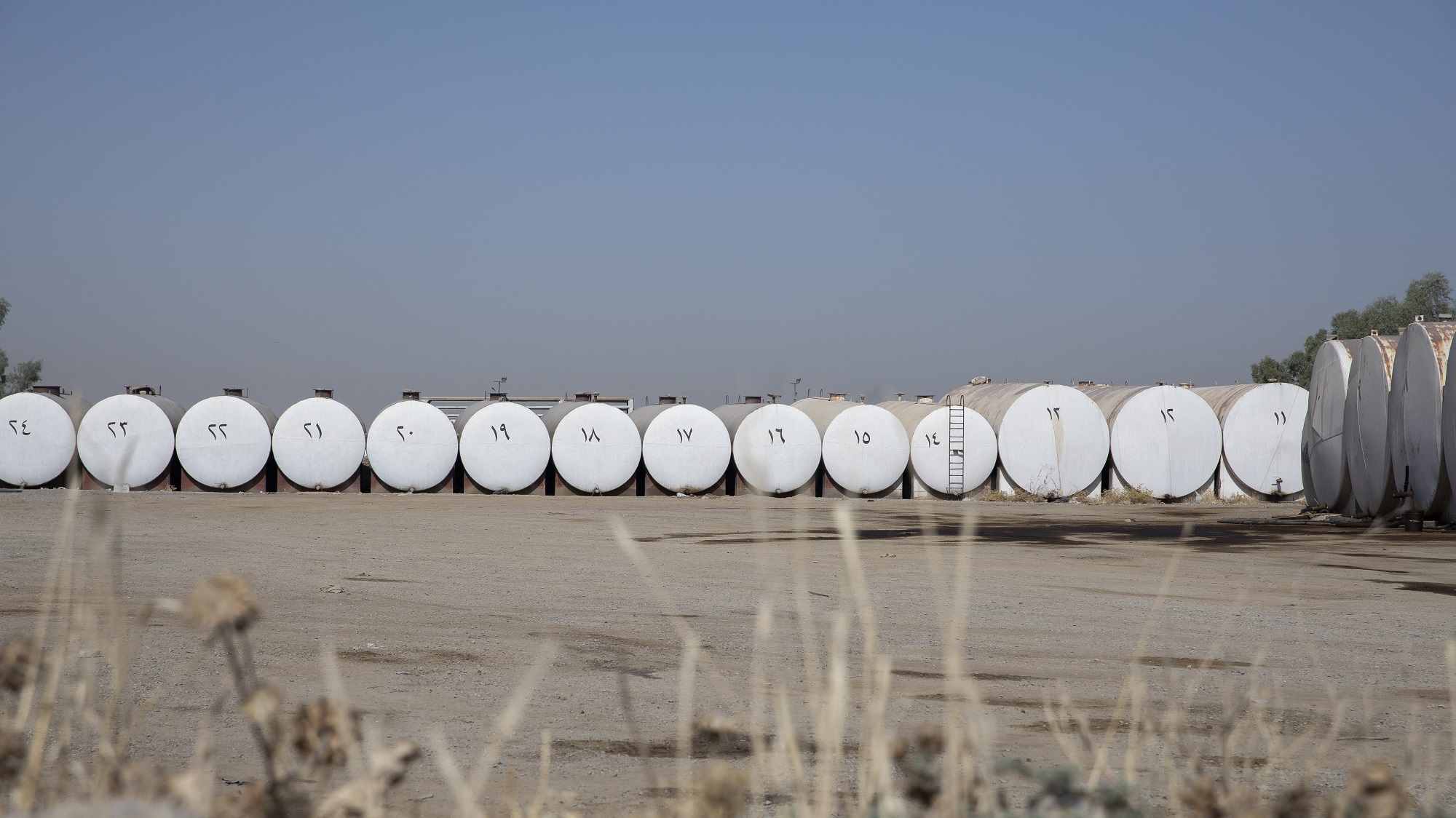As usual for a major geopolitical event, there have been varied reactions to Israel’s air strike on Iranian nuclear facilities on 12–13 June. And that holds true even within the Republican party, where the more hawkish, pro-Israel factions celebrated the move, and urged President Trump for additional support to the Jewish state; while the more isolationist faction cautioned against more US involvement, and, just like in Eastern Europe, wants a quick resolution to the conflict.
However, what unambiguously reacted negatively were the markets.
It was quite an unfortunate 13 Friday on Wall Street: the Dow Jones industrial average ended the daily session down 1.79 per cent, dipping in the red year-to-date again. The S&P 500 index dropped 1.13 per cent (but it is still up 1.85 per cent this year), while the tech-heavy NASDAQ Composite ended the day down 1.30 per cent.
Why do markets care about the war between Israel and Iran so much? The answer is: oil.
Upon news about the Israeli strike on Iran breaking, crude oil prices jumped around 10 per cent on the commodities markets. The American-produced WTI Crude went from $68.52 a barrel to $74.66 a barrel, the British Brent Crude went from $70.47 a barrel to $78.02, while the United Arab Emirates’ Murban Crude went from $69.25 a barrel to $76.55 a barrel.
‘Upon news about the Israeli strike on Iran breaking, crude oil prices jumped around 10 per cent on the commodities markets’
Iran is the seventh largest oil producing country in the world, with around 4.1 million barrels per day, according to the US Energy Information Administration (EIA). It follows its neighbouring Iran on the list, which produces around 4.15 million barrels a day—it is easy to see why traders fear a major conflict in the region could create supply chain issues.
On the American consumer side, the effects of these developments are already showing. The average cost of a gallon of gas in the US has been rising since Friday. It is currently at $3.140 per gallon, according to AAA’s numbers. A week ago, it was at $3.124. However, it is still significantly lower than at this point last year, under the Biden administration, when it was $3.446 a gallon.
Gas prices typically rise during the summer due to increased demand brought on by summertime travel. This is especially true for the 4 July week, since many people plan their vacations around the holidays. So, in the upcoming weeks, gas prices are expected to further rise.
There is also some relieving news coming from the crude oil market, however.
Since the original spike last Friday, the prices of the precious commodity have come down some, although not to the pre-Israeli strike levels. WTI is currently trading at $72.65 a barrel, Brent is at $73.83 a barrel, while Murban is at $73.59 a barrel, as of the time of writing this on Monday morning Budapest time. Compare those to the last week peak prices we listed above—$74.66, $78.02, and $76.55, respectively.
President Trump’s second term has been well served by low gas prices thus far. That is true especially given the nightmare that occurred under his predecessor, Joe Biden. In the summer of 2022, in the aftermath of the Russian invasion of Ukraine, AAA recorded the highest-ever average gas prices in US history: $5.016 per gallon, almost exactly three years ago today, on 14 June.
Partly due to the low gas prices, inflation numbers have also been favourable to the second Trump administration, with the monthly reports beating expectations three out of four times. This gave President Trump the leverage to publicly pressure Federal Reserve chairman Jerome Powell to cut the federal interest rates, which he has not done so yet under the second Trump administration.
With these new developments in geopolitics and its consequent effects on the commodities markets, Powell has even more reasons to remain cautious with his rate cuts.
We still have to wait and see, however—while rising gas prices create upward inflationary pressures, the relationship is not one-to-one. Last summer, for example, US inflation fell and then remained stagnant even as gasoline followed its typical seasonal rise.
Related articles:







